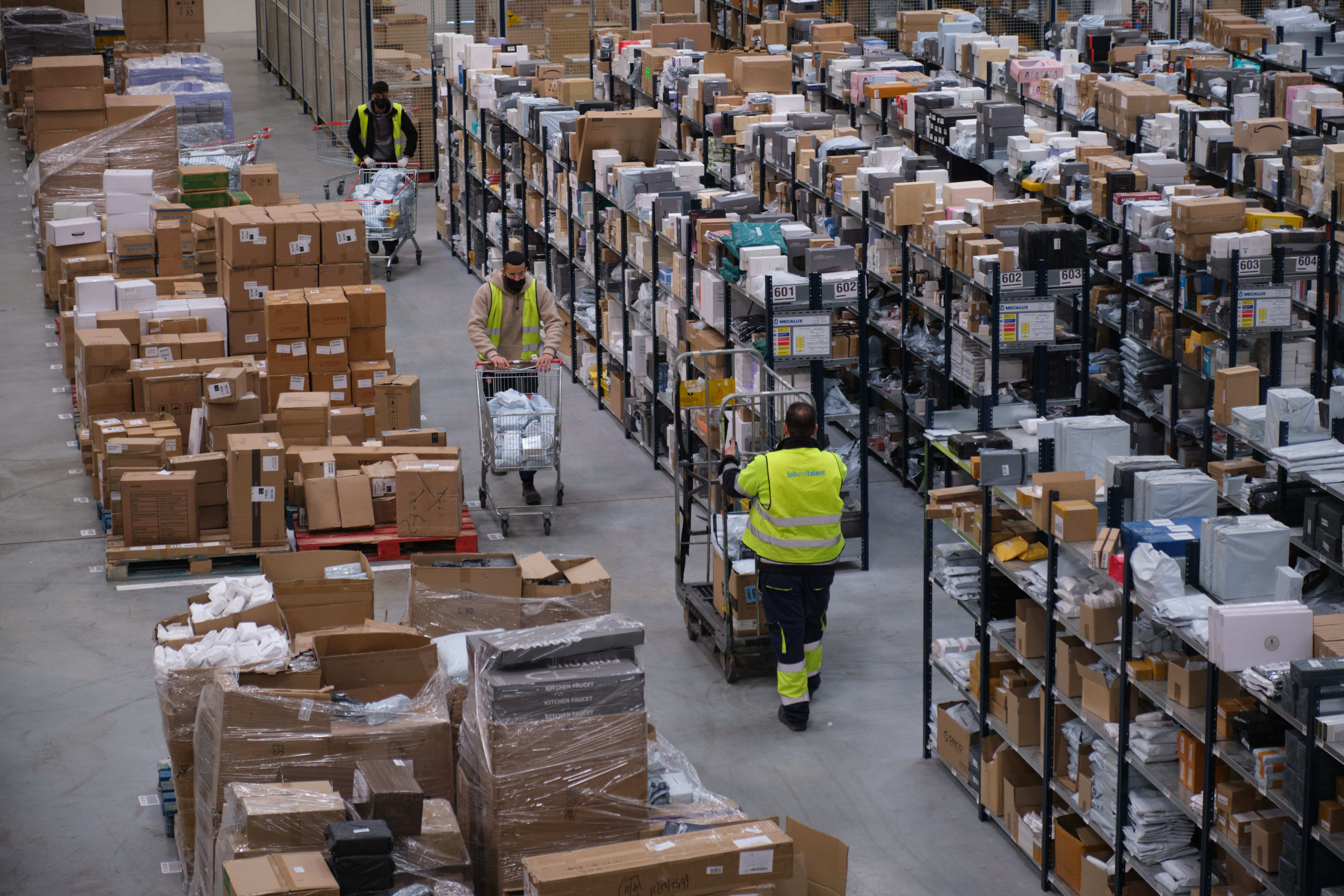In the pulse of global trade, overseas warehouse has become the accelerator of cross-border e-commerce, which not only shortens the geographical distance between goods and consumers, but also reconstructs the new map of logistics efficiency. The secret weapon behind this is the highly integrated and intelligent warehouse management system (WMS) for overseas warehouses. This article will explore the functional characteristics of this system and its far-reaching impact on business operations.
First, the overseas warehouse WMS: logistics wisdom of the mastermind
1. Seamless multi-platform orders In today's cross-border e-commerce blossomed, an overseas warehouse WMS can easily integrate Amazon, Shopify, Shrimp, Lazada and other platforms, order information, to achieve one-click synchronisation and processing. This means that no matter where the order originates from, it can be quickly transformed into accurate picking, packing and shipping instructions, significantly improving operational efficiency, avoiding human errors and omissions, and safeguarding the customer experience.
2. Fine-tuned inventory management Real-time inventory tracking and intelligent warning mechanism is another highlight of WMS for overseas warehouses. The system automatically monitors the inventory level and triggers replenishment reminders as soon as it approaches the preset warning line, which not only avoids overstocking and occupying funds, but also ensures an adequate supply of hot-selling products, and fine-tunes every inch of warehouse space for enterprises.
3. Automated Upgrade of Financial Management In the face of complex cost structure, WMS has built-in multiple billing modes to support multi-currency settlement, whether it is warehousing, management or value-added costs, can be flexibly set according to customer demand rules, automatic calculation, transparency and efficiency, greatly reducing the financial sector's workload.
4. Data-driven decision-making power Powerful data analysis module allows enterprises to predict sales trends based on historical data, optimise inventory turnover, and at the same time, fine control of logistics costs. Data visualisation reports provide management with an intuitive basis for decision-making, helping companies to stay one step ahead of fierce competition in the market.
5. Intelligent scheduling of logistics and distribution Integrating global logistics resources, WMS is able to intelligently match the optimal distribution plan, from the first transport to the last kilometre, the whole process can be traced to ensure that the goods arrive safely and on time, and enhance customer satisfaction.
Overseas warehouse WMS: the driving force behind enterprise competitiveness
1, the revolution of logistics efficiency The deep integration of automation and information technology makes the warehouse operation process more fluent, significantly reduces the goods processing time, improves the logistics response time, and wins the first opportunity for enterprises in the fast-paced e-commerce environment.
2, the art of cost control Reduced manual intervention, optimise inventory holding costs, coupled with intelligent logistics planning, enterprises are able to effectively control operating costs and improve profitability without sacrificing service quality.
3、Enhancement of market adaptability Flexible inventory deployment capabilities enable companies to respond quickly to market fluctuations, whether seasonal demand changes or sudden hot sales, can be done with ease, to seize business opportunities.
4、Data-based strategic decision-making Rich data accumulation and in-depth analysis for the enterprise's strategic planning to provide scientific support, whether it is the optimisation of product lines, market expansion or supply chain adjustment, can be based on empirical data to make smarter choices.
